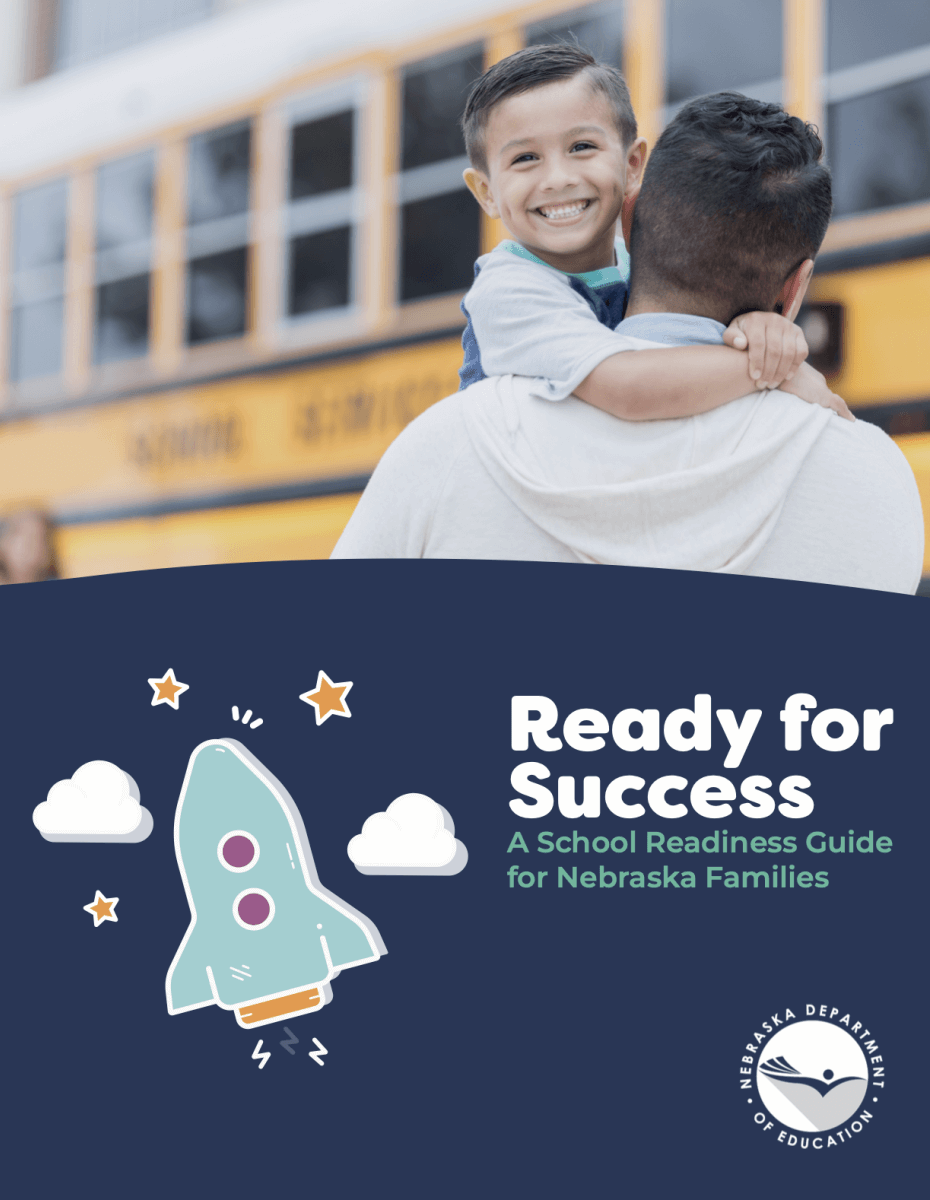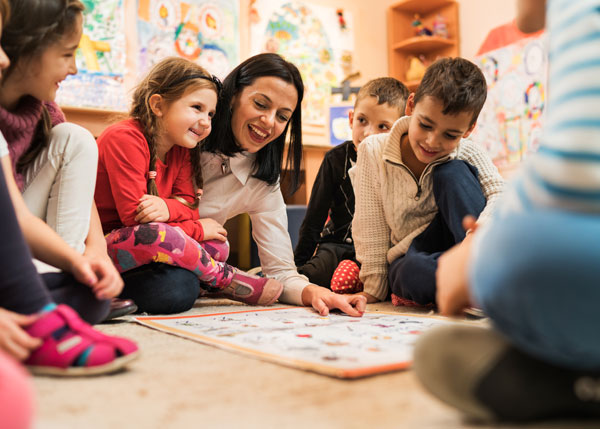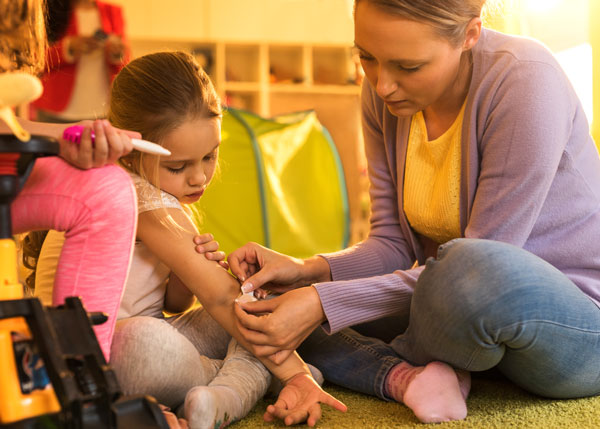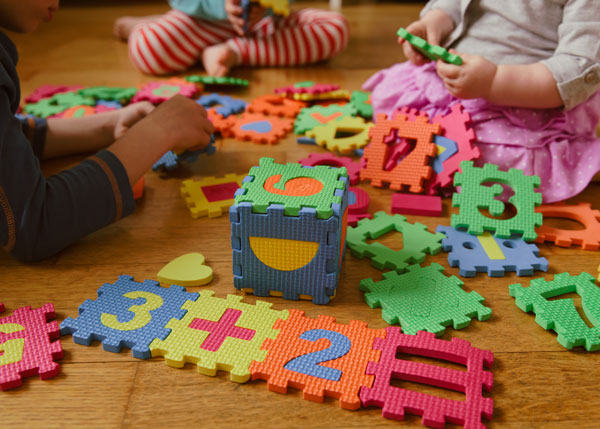
Curriculum and Approaches to Learning
Program activities involve learning experiences through active involvement with people and materials. It should be play oriented and child-centered, encouraging children to develop their natural love of learning. These practices should be developmentally appropriate and align with state early learning guidelines or standards.
Research shows that curriculum content that emerges from the interest of children leads to greater engagement with activities and experiences increasing children’s positive approaches to learning. Positive approaches to learning include characteristics such as curiosity, persistence, creativity, and problem-solving skills.
Developmentally Appropriate Practices (DAP) looks like:
- An understanding of child’s development and growth and intentionally providing learning opportunities for children based on this knowledge.
- Recognizing parents as partners and valuing their home culture.
- Meeting the individual needs of each child.
Daily Routines look like:
Infants
- Teachers follow the individual needs of infants.
- Each infant will have their individualized schedule according to child and family preferences.
- Warm, responsive environment.
Toddlers
- Toddler classrooms to have a consistent routine.
- Teachers should be flexible and responsive to individual interests and needs throughout the day.
- Teachers should be willing to adapt their schedules and be flexible to meet the individual needs of children when able.
Preschoolers
- A combination of a child’s free choice and teacher directed activities.
- Children are actively engaged in activities and conversations with peers and teachers.
- Consistent routines are followed but allow for flexibility during the day.
Transitions
Children will go through many transitions while being enrolled in childcare. Daily transitions, transitions from one room to another room and even building to building. Transitions can be stressful for children so they should be kept at a minimum. What should they look like?
- Daily transitions should be at a minimum.
- Transitions to new classrooms are made on the developmental readiness of the child.
- Children benefit from a gradual transition rather than abrupt transitions.
- Families should be involved and aware of transition plans as they move to new classrooms.
Kindergarten Readiness looks like:
- Children’s natural love of learning has been nurtured.
- Children get along with their peers.
- Children are able to share and cooperate.
- Children are interested in learning.
- Children follow directions and routines.
- Children cooperate in a group.
- Children can do things for themselves (tie shoes, dress themselves, zip coat, etc.)
-
Meeting the individual needs of each child.
- Acknowledge what children do and say by giving positive attention.
- Give specific feedback rather than general comments.
- Assessing children’s development and learning.
- Staff receives specialized training relating to the age of children in their care.
- Valuing each family’s child and culture.
- Support children’s play.
- Planning the curriculum to achieve important goals.
Take these questions with you to ask child cares to learn more on the topic of Curriculum and Approaches to Learning
- What is your daily routine with the children and how do you plan for individual children’s needs?
- Do you use a curriculum and if so, what is it and why did your program choose it?
- How does your curriculum align with early learning guidelines or standards?
- How will my child’s learning and culture be supported?
- How do you train and support your staff with this curriculum?
- What do you notice the children enjoy about the activities during the day?





